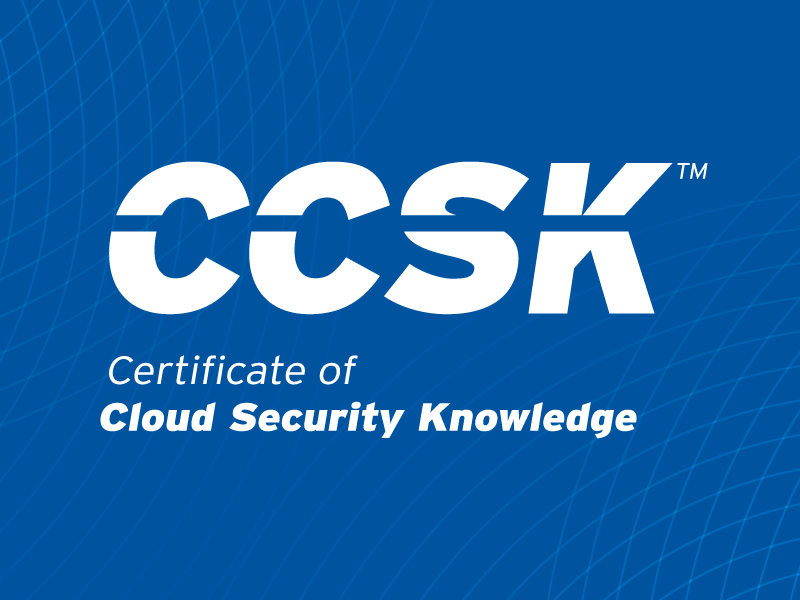Jurassic Access: What Jurassic Park Teaches Us About Identity and Access Management
Published 08/01/2025
This weekend, I watched Jurassic Park for the first time, and while most people might walk away from the film seeing it as a cautionary tale about the dangers of unchecked scientific ambition and the unpredictability of life, the cybersecurity professional in me saw something else entirely. I saw a textbook case study in failed Identity and Access Management (IAM).
Let’s be honest, Jurassic Park didn’t fall apart because of dinosaurs. It collapsed because Dennis Nedry had too much access and too little oversight. With proper privileged access management, that park might still be operational (and charging outrageous prices for a T. rex selfie).
1. Too Much Access, Too Little Control: The Dennis Nedry Problem
Nedry had administrator-level privileges, access to security systems, gate controls, and the ability to shut everything down with no oversight. This is a classic case of overprovisioning, and it costs lives.
How a Cybersecurity Professional Would Secure the Park
The principle of least privilege ensures that users only have the access necessary to perform their duties. This principle is foundational to IAM across all cloud environments. Implementing role-based access controls (RBAC) and just-in-time (JIT) access for high-privilege accounts would significantly reduce risk.
2. No Oversight, No Logs, No Chance
Nedry’s activity went unnoticed because there was no logging, session monitoring, or alerting. By the time anyone realized something was wrong, it was too late.
My Take on the Fix
Organizations should implement logging and monitoring of privileged account activity and use security information and event management (SIEM) systems or cloud-native tools to detect anomalous behavior in real time.
Had Jurassic Park monitored administrative access and enforced alerts for changes to security-critical infrastructure, they might have caught Nedry before the raptors did.
3. Single Point of Failure: When the System Depends on One Guy
Once Nedry was gone, no one could regain control because there was no backup access, no break-glass account, and no credential recovery plan.
If Only Hammond Had Read Security Guidance
CSA recommends enforcing the separation of duties (SoD) to ensure no one person can control or manipulate an entire system without checks. Additionally, privileged access management (PAM) best practices include credential rotation, multi-party authorization, and non-repudiation to ensure that no user, no matter how trusted, is above scrutiny.
4. Rebuilding the Park: The IAM Blueprint That Could Have Saved It
A better IAM architecture could have protected Jurassic Park from internal threats like Nedry. Here's what CSA would recommend:
- Zero Trust architecture: Assume no user is inherently trusted, validate everything.
- Least privilege access: Roles and responsibilities should map to the minimum access required.
- Privileged access governance: Monitor, audit, and rotate credentials.
- Real-time monitoring: Use automated alerts and AI-assisted analytics to flag malicious behavior.
- Credential redundancy: Maintain secure, audited emergency access pathways.
In Jurassic Park, the fences failed, the gates opened, and chaos reigned. But all of that stemmed from a human problem, not a dinosaur one. As security professionals, it’s our job to ensure that our systems are resilient not just against external threats but also against internal ones.
The next time you design your IAM program, think like a park ranger guarding against raptors, because if you don’t, someone like Nedry might just open the gates.
Unlock Cloud Security Insights
Subscribe to our newsletter for the latest expert trends and updates
Related Articles:
It’s Time to Make Cloud Threat Modeling Continuous
Published: 11/20/2025
SSCF v1.0: The Standard That Simplifies SaaS Security
Published: 11/19/2025
The 99% Solution: MFA for Hypervisor Security
Published: 11/18/2025






.jpeg)
.jpeg)
.jpeg)
.jpeg)